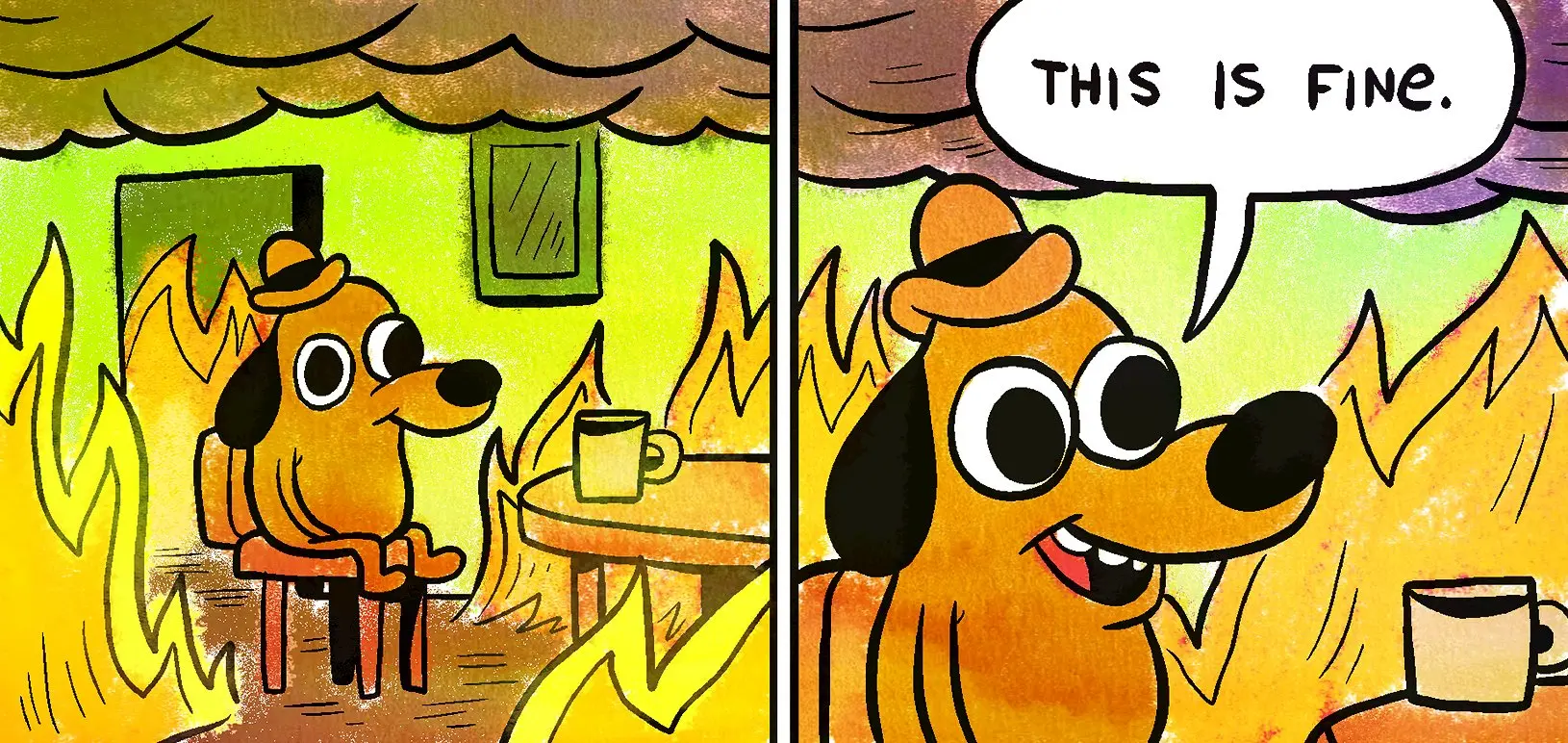5 Red Flags to Keep in Mind Before Buying an NFT
Scams are becoming more and more common, making it ever so important to stay vigilant in order to avoid becoming a victim. The world of NFTs is no exception, as many projects in this space are driven by speculation rather than solid foundations. That’s why it’s key to be able to identify red flags that may indicate whether or not a project is worth trusting.
This is the third article in our introductory series and part of our conversation with Blockchain Consultant Enzo Soyer (CEO of TENK, Co-founder of Fungible Strategy and Business Developer in CryptOracle).
Disclaimer: All content is for educational purposes. It is not financial advice.
What to watch out for…
We’re going breakdown what “red flags” to watch out for so you can better protect yourself from scams and make more informed decisions about which NFT projects are worth considering.
1. A Poor Community
When we say “poor community” of course it’s not about the social class of the people inside that community; it’s ultimately about how active and engaged that community is. A real, trustworthy project knows the value of having a strong, foundational community and they make it a focus in the projects development. It’s not just a way to “build hype,” but also providing feedback and growing. A stagnant community is a death knell to any project. If a project stops growing it will likely die. Unless you’re on the ground floor, a project with no following usually indicates it doesn’t have real traction. Buyer beware!
2. Lack of Utility
NFTs have the potential to represent a wide range of digital assets, from art and collectibles to virtual real estate and more. However, some projects may not offer any real utility beyond speculation. Be wary of projects that do not clearly demonstrate how their NFTs will be used or provide value beyond their market price. Instead, look for projects that offer clear and practical use cases for their NFTs, such as access to exclusive content or services, or the ability to participate in online communities or events.
3. Lack of a Realistic, Achievable “Roadmap”
Without a clear “north star” or future thinking direction a project can flounder. This can be a warning sign that a project may not be well thought out or that it may be more focused on generating hype and speculation rather than offering real value.
Here are a few things to consider when evaluating a project’s goals:
-
- Are the goals clearly stated and easy to understand? If a project’s goals are vague or hard to understand, it may be a sign that the project is not well thought out or that the team is more interested in generating buzz than in delivering real value.
- Are the goals realistic and achievable? Be wary of projects that make grandiose promises without a clear roadmap or plan to achieve them. While it’s important for a project to aim high, it’s also important for the goals to be grounded in reality and for the team to have a realistic plan for achieving them.
- Is the project providing enough information about how it plans to achieve its goals? A project that is open and transparent about its plans is more likely to be trustworthy than one that is secretive or evasive.
By keeping these points in mind, you can better evaluate whether a project’s goals are grounded or a bit too… “pie in the sky” so to speak. If you don’t know where you’re going, how do you know the destination is somewhere you’d want to be?
4. The Team is… a Mystery
A lack of transparency about the team behind a project can be a warning sign that the project may not be trustworthy. “Are the team members’ identities and backgrounds clearly stated?” “Do the team members have relevant expertise and experience?” “Are the team members actively engaged with the community and responsive to feedback?” These are all important questions to keep in mind and when they can’t be answered… well, that’s a red flag! A project that is open and transparent about its team members is more likely to be trustworthy than one that is secretive or evasive.
5. Lack of Transparency
This sort of folds in the previous point, but any lack of transparency is always suspicious, especially in the crypto world where every transaction can be verified on the chain. Whether the creators are elusive or vague about the projects goals or community feedback and criticism is answered with only silence a general lack of transparency should be seen as a major red flag. NFT projects should be inclusive and open, especially with its community members and investors. How are you supposed to know and understand what you own and hold if you can’t get any answers from the creators or founders? Stay away!
Take Caution…
It’s important to note that no single red flag is a definitive indicator that a project is not trustworthy, but by being aware of these signs and looking at the whole picture, you can better protect yourself and make more informed decisions about which NFT projects are worth your consideration and potential investment. It cannot be understated that doing your own research and due diligence is absolutely necessary. Don’t become a victim!
If you’re looking for a project or collection you can trust, check out the “Trusted Projects” section on CryptOracle. It’s a list of NFT projects on NEAR protocol that aren’t waving any red flags, oh… and of course it’s free. Also if you have any comments or feedback, or features you’d like to see give CryptOracle a shout on Twitter @CryptOracleIO
Listen to the whole CryptOracle podcast with Enzo on Spotify here, where you can follow CryptOracle more content related to Blockchain and Web 3.0.
Here’s a quick preview:


